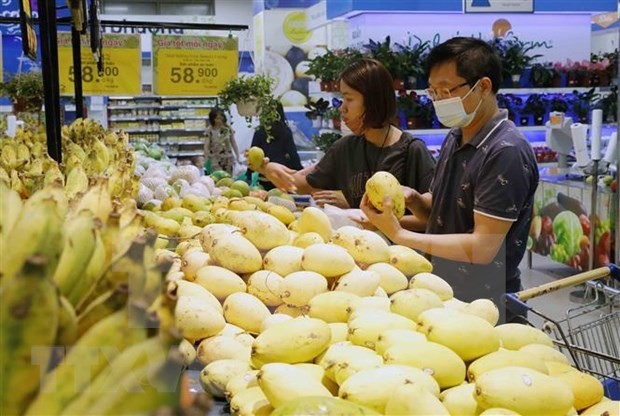 |
| The potential of a consumer market in a developing country is still there, although personal consumption faced many pressures last year. (Source: VNE) |
January starts smoothly
Exports closed the first month of 2024 at a staggering 42.0% year-on-year, driven by a steady recovery in electronics exports. In a recent report, HSBC Global Research said that January data should be interpreted with caution as this year’s Lunar New Year fell in mid-February, later than the same period last year. Despite the base effect, it is clear that Vietnam’s trade remains firmly on the path of recovery.
High pre-orders for the new Samsung Galaxy S24 series have also added to the optimism. However, the optimism is not limited to electronics, with exports posting strong growth across the board. Sectors that had been sluggish in 2023, such as textiles, machinery and wood products, have started to grow significantly again.
According to HBSC, the January PMI showed some cautious optimism. The headline PMI returned to above 50 for the first time in five months. New orders and new export orders continued to rise strongly, but not enough to stimulate businesses to increase hiring. Slower deliveries added to manufacturers’ cost pressures, a reminder that the risks from the Red Sea disruption remain.
In addition, although inflation remains under control, with the CPI in January falling slightly to 3.4% year-on-year, there are still notable risks of rising inflation that cannot be ignored.
One reason is that Vietnam is particularly vulnerable to fluctuations in global commodity markets. While transport inflation has stabilized in recent months, “housing and building materials” inflation, which includes electricity prices, has risen sharply and is likely to rise further. Domestic energy supply strains and rising input costs have prompted the Ministry of Industry and Trade to propose electricity price increases, following two hikes in November 2023 and May 2023, to ease the financial difficulties of Vietnam Electricity.
Besides energy, Vietnam’s domestic rice prices have increased along with global rice prices, pushing up rice inflation. Although rice accounts for only a small proportion of Vietnam’s CPI basket (less than 3.7%) and pork prices continue to help control food inflation, staple foods are also an important point for inflation forecasts.
Overall, January was considered "a really smooth start" for Vietnam's economic recovery, although caution is needed with the associated risks.
Vietnam is still a rising star
Personal consumption will grow by only about 3% in 2023, half the historical average. While the overall unemployment rate remains low, job growth has slowed and news of mass layoffs in manufacturing suggest the labor market has not yet returned to pre-pandemic levels.
Part of the negative impact on personal consumption growth is due to the effect of asset value fluctuations due to the cyclical weakness in the real estate sector, and part is due to major changes in consumer behavior since the pandemic.
Consumers tend to be wary of economic volatility, which increases their propensity to save. While 2023 data is not yet available, the significantly higher savings rate of 40% in 2022 illustrates this trend.
Looking at Vietnam's labor market, the unemployment rate remains low at 2.3% but employment growth is slowing in 2023 and is still heading towards, not yet fully recovered. HSBC Global Research also notes that a part of Vietnam's labor market is concentrated in the informal sector, which is also a trend that is no longer too new in ASEAN. This rate in the textile and garment manufacturing sector accounts for nearly half and even in some tourism-related service industries up to 60%.
According to HSBC Global Research, Vietnam is anxiously awaiting a cyclical recovery in global trade, which is the main hope for the job market. Fortunately, the electronics sector has recently seen some positive signs, suggesting that the darkest period for the trade sector has passed.
However, each sector is different as the recovery has not been entirely uniform. Industries that provide large employment sources such as textiles and footwear have not yet fully recovered from the difficult period. Asia is still in the early stages of the trade recovery as we need more evidence of a sustainable recovery supported by strong support from major economies around the world.
Meanwhile, a full recovery in the tourism sector is also crucial for the labor market, supporting workers in the service industry. Thanks to favorable policies extending visa-free stays for foreign visitors from a number of countries and issuing electronic visas (e-visas) to citizens of all countries since mid-August, Vietnam welcomed about 12.6 million foreign visitors (70% of the 2019 level), far exceeding the government's initial target of 8 million.
The favorable outlook has even prompted the Vietnam National Administration of Tourism to set an ambitious target for this year of 17-18 million foreign visitors, close to the record high of 2019, aiming for total revenue of VND840 trillion (8% of GDP), exceeding the 2019 figure. However, competition for tourism in the region is increasingly fierce.
While the recovery in Chinese tourist arrivals has been slower than expected, a full recovery in ASEAN tourism will require a significant influx of Chinese tourists, the largest source of tourism. Countries in the region including Thailand, Malaysia and Singapore have all introduced visa-free travel for Chinese visitors, increasing the appeal of a “spontaneous trip” for tourists.
“Although expected to offset the external slowdown, domestic demand is also under pressure but is expected to improve, with early signs of recovery in some consumer stocks,” HSBC Global Research said. Despite the short-term cyclical challenges, HSBC Global Research believes that structural trends remain promising for Vietnam.
With impressive growth over the past 20 years, the general increase in wealth has fueled a stronger consumer trend, stimulating a shift to non-essential goods and services. A clear sign of increased consumer purchasing power is the differential purchase trend between SUVs and sedans, with SUVs generally costing more than sedans - a phenomenon that is not new. In fact, average income has been growing faster than spending in recent years, helping to fuel increased consumption.
Beware of risks from household debt
The rise of the emerging middle class has attracted the attention of international businesses looking to capitalize on the rising spending needs of Vietnamese people. The surge in FDI from Japan into the retail and financial services sector is a notable example. Although people’s assets are increasing, nearly 80% of the population remains unbanked or underbanked. The latest Financial Inclusion data from the World Bank also demonstrates this, showing that Vietnam has significant potential to develop formal lending channels, which are still in their early stages of development.
While the potential looks bright, there are risks to be aware of. The main issue to watch out for is rising household debt. While there is no data to measure this in Vietnam, the HSBC team estimated through analysis of the financial statements of four major banks, which may include loans to small businesses. Between 2013 and 2022, household debt increased sharply, from 28% of GDP to 50% of GDP. An unsustainable increase in consumer leverage could pose significant risks to Vietnam’s banking sector, as well as impact future consumer spending as more income is cut to repay debt.
Fortunately, the government has rolled out a range of support measures for both businesses and households in 2023, including tax breaks, interest rate cuts and debt repayment deferrals. While financial strains are likely to persist and will need to be monitored in the short term, there are some signs that the worst may be over.
"The cautious but improving sentiment towards the property sector will boost overall consumer sentiment, while the improving outlook for the labour market will support wage growth, thereby improving household debt servicing capacity," HSBC Global Research stressed.
(according to Investment Newspaper)
Source









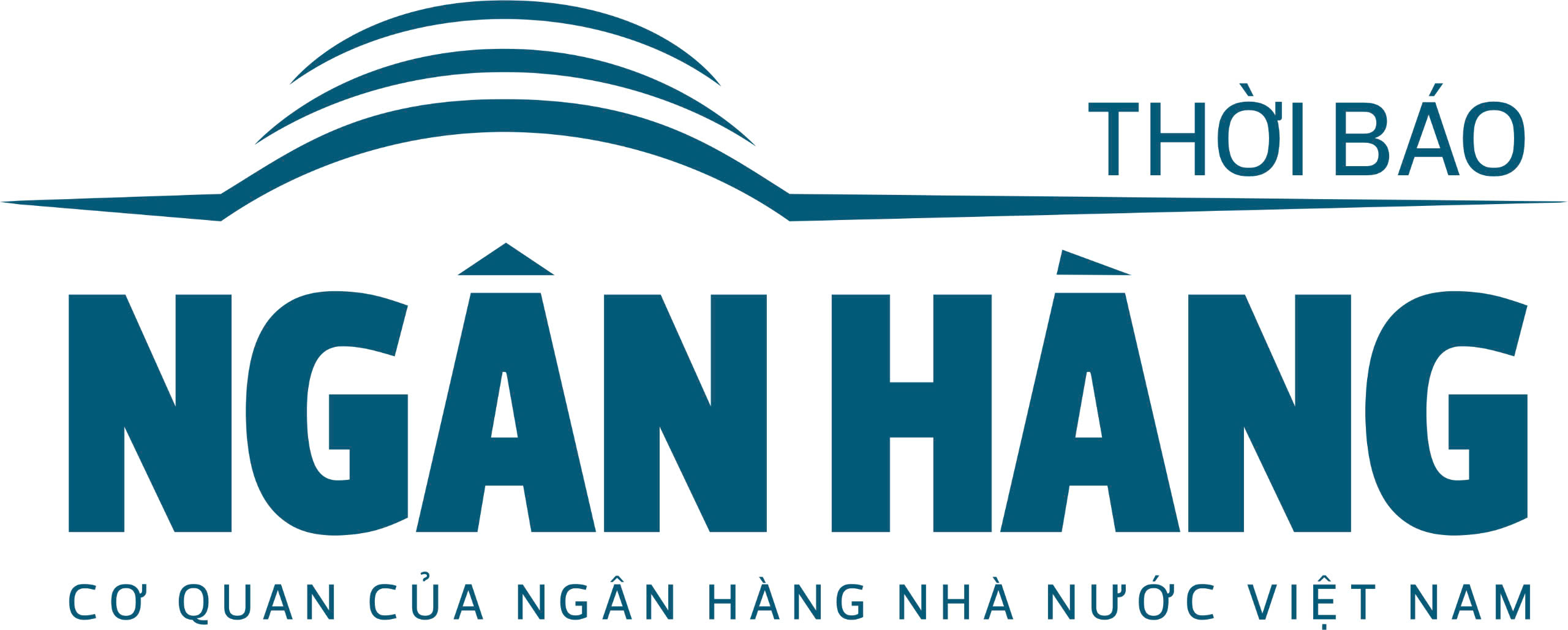




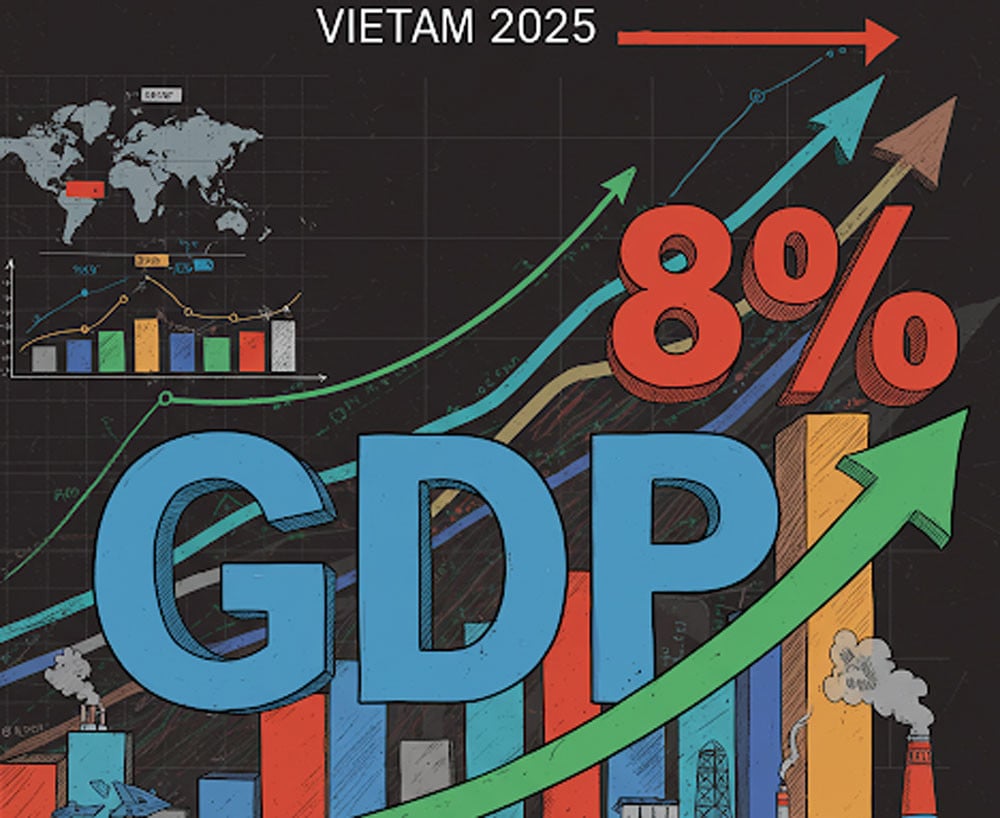


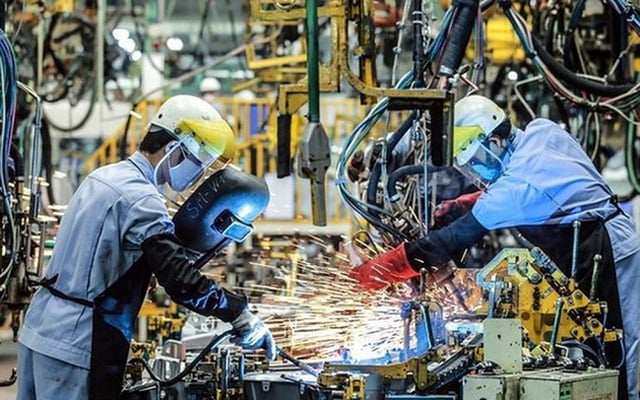

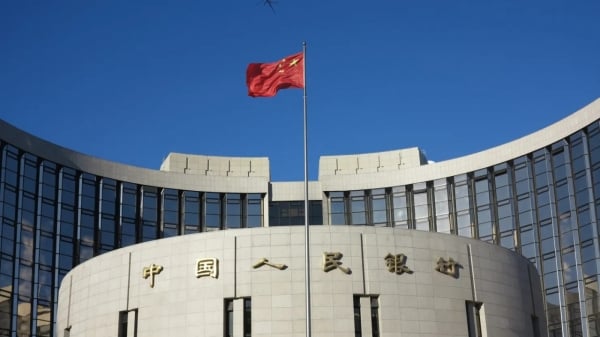









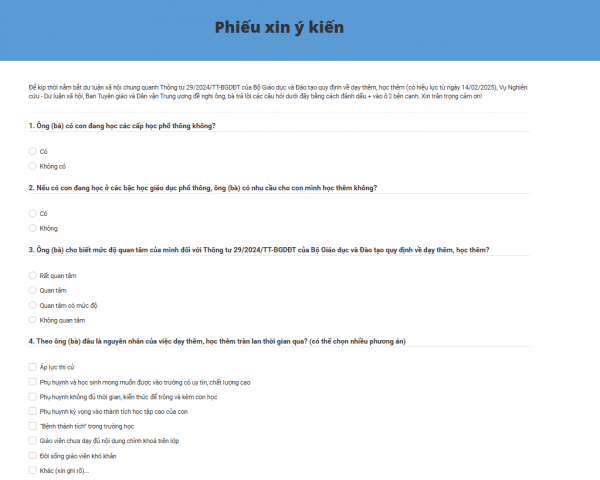












Comment (0)